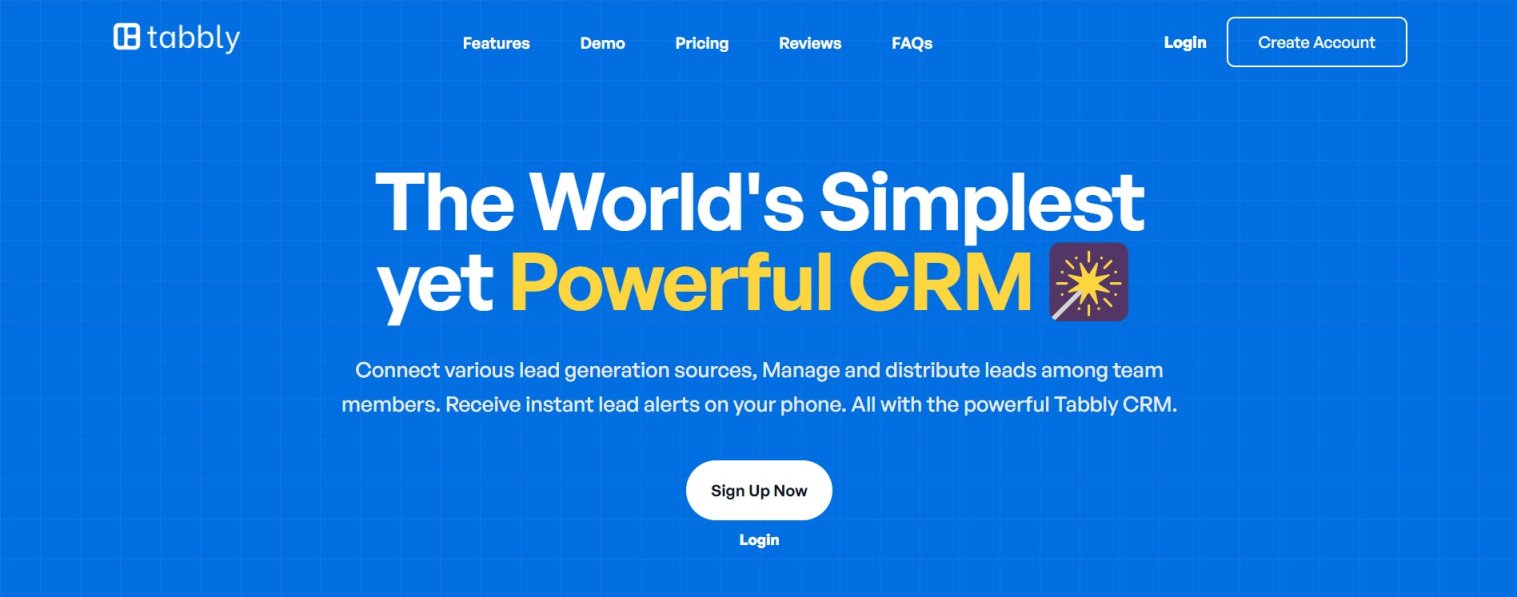Now, business runs at high gear. Efficient communication, be it customer-based or internally grouped, is a huge dependency of a business operation. Ever since the introduction of major shifts from traditional communication to cloud telephony, technological development in the sector has been happening for quite some time now.
The following blog develops a detailed comparison of both systems, showing features, differences, advantages, limitations, and use cases.
Understanding Traditional Phone Systems
Traditional phone systems include business-based telecoms, normally referred to as Public Switched Telephone Networks or Private Branch Exchange systems. They always utilised copper wire infrastructures and physical hardware installed on-premises to enable voice communication.
Key Features of a Traditional Phone System
- Circuit Switching Technology: Calls are connected via a completely connected line that is connected from the sender to the receiver.
- On-premise Hardware: It requires the instalment of PBX hardware to manage all the calls internally and externally.
- There is limited flexibility, which necessitates additional costs and arrangements physically for adding new lines or extensions.
- Physical Infrastructure Dependency: The whole system goes into a downtime whenever there is some sort of damage to cables or hardware.
- Basic call features: It includes, among others, call transferring and voicemail, together with call forwarding. However, it doesn't include more advanced features.
- Localised Operation: Communication infrastructures are rather location-based and hence not mobile.
- Manual Upgrades: Most hardware changes or addition of new features involve a lot of manual intervention.
Advantages
- Reliability: It provides good and constant call quality irrespective of the performance of the internet.
- Security - Calls are less prone to any type of cyber attack since this will not be routed through the internet.
- Familiarity: Most businesses are accustomed to the installation and functioning of these systems.
- Independence from the Internet: It does not depend on the internet, thus easy to use where internet service is poor.
- Greater Control on the Infrastructure: It can be done in an on-premise setup under the full control of system hardware and configuration.
Limitations
- High Initial Costs: PBX setup is expensive in nature as it requires much hardware and infrastructural investments.The need for constant maintenance and repairs is costly and cumbersome.
- Scalability Problem: Scaling a system for growth is complicated and costly.
- Less Integration: Traditional integrated systems also lack any facility to integrate with any further advanced software, like CRM or ERP systems.
- Downtime risks: Physical damage to cables or equipment can result in extended down times.
What is Cloud Telephony?
Cloud telephony can be described as using the internet to and through which voice and communication services are provided. It could also be described as a cloud phone that works through online software rather than a physical device. This makes it accessible anywhere, so long as there is an internet connection.
Key Cloud Telephony features include:
It works on an internet connection where the calls are made and received directly via the internet.
- Hosted Infrastructure: This requires no on-premises hardware since a third-party service provider will manage that service.
- Advanced features: IVR free, analytics to calls, call recording, virtual numbers, and integration with business tools.
- Global Accessibility: Allows working from any place and communicating with others all over the world without additional cost.
- Scalability and flexibility: more users or features can be added in no time and without installations.
- Disaster recovery: With this in place, data can be securely backed up on the cloud, reducing chances of loss.
- AI-Powered Capabilities: Several of these service providers offer AI-powered capabilities, such as call transcription, sentiment analysis, and chatbots.
Advantages:
- Cost-effective: Heavy upfront investments in hardware or other equipment are not required; operational costs are also reduced.
- Ease of Maintenance: Service provider updates, maintains it, and troubleshoots.
- Scalability: Scales with ease to match the needs of growing businesses.
- Remote Work Enablement: The phone system is accessible from anywhere by employees.
- Integration Capabilities: This provides easy integration with many of the modern business applications to enhance productivity and efficiency.
- Rich Analytics: It offers real-time insights and call data to drive more accurate decision-making.
- Business Continuity: It can ensure business continuance by hosting systems in the cloud even during disasters.
Use Cases for Cloud Telephony
Cloud telephony, because of its versatility and cost-effectiveness, has turned out to be the darling choice for modern day business processes:
- Start-ups and Businesses in Growth: By nature, scalable in order to easily meet rapid growth.
- Remote and Hybrid Workforces: The team spread worldwide will be communicating effectively and with consideration.
- Customer-centric businesses: A perfect fit for call centres and customer support teams that require features such as IVR, call tracking, and CRM integrations.
- Global organisations: It promotes international communication at no extra cost of the expensive conventional systems.
- Seasonal or temporary projects: Organisations that receive seasonal spikes in communications during specific periods of the year can easily scale up or down their resources.
- Cloud telephony ensures continuity of communication during natural calamities or technical failure because data and systems redundantly stored across various servers.
- Disaster Recovery and Business Continuity: It means that e-commerce/online retail can use virtual numbers for analysis and call tracking to analyse consumer behaviour with the aim of improving service and smoothing communication.
- Cloud systems enable freelancers and small business owners to avail professional communication set-ups, complete with virtual numbers and voicemail to email facilities without much investment.
- Event Managers: Handle big events with much comfort by setting up a small virtual contact centre that coordinates and supports the attendees.
- Institutes: Schools and universities can make internal and external communications smoother by automating the mechanism of catering inquiries among students, notifications related to attendance, and other similar emergencies.
Transitioning to Cloud Telephony: Steps for Success
The transition from a traditional system to a cloud telephony isn't very daunting. Here's how one can ensure this transition be smooth and without hassles:
Analyse Business Needs: Assess current communication problems and future goals.
Select a Reliable Operator: The chosen providers should be time-tested, vigorously pursuing security options, and also achieved the highest degree of customer care.
Plan the Migration: Provide a proper strategy for migration by elaborating on timelines, along with their associated risks.
Train Your Team: Complete training of all users on the new system.
Performance Monitoring: Built-in analytics provide insights on system usage and call quality, hence identifying doings where necessary.
Conclusion: Which System is Right for You?
While traditional telephones served large businesses adequately for decades, the writing on the wall is clear: it is now time for a move to cloud telephony. The unmatched flexibility in this regard offers cost efficiencies along with advanced features, thereby helping a business to work more smartly. In an age where people work remotely and collaborate across geographies, based on data insights for critical decisions, nothing fares better than cloud telephony.
Besides easy operations that it affords them, embracing cloud telephony places business entities in a position to achieve non-seasonal growth and success in business. Solutions like Tabbly have been proven to be a very robust cloud telephony software with seamless integrations to scale up, featured virtual numbers, call analytics, and CRM integrations, all important in managing customer interactions effectively with minimal costs and complexities.
With businesses turning over a new leaf, the integration of cloud telephony tools like Tabbly into the operation ensures that communication is effective, economical, and agile-so it stays at the forefront in the digital world.









